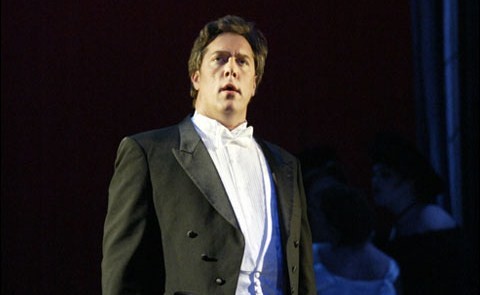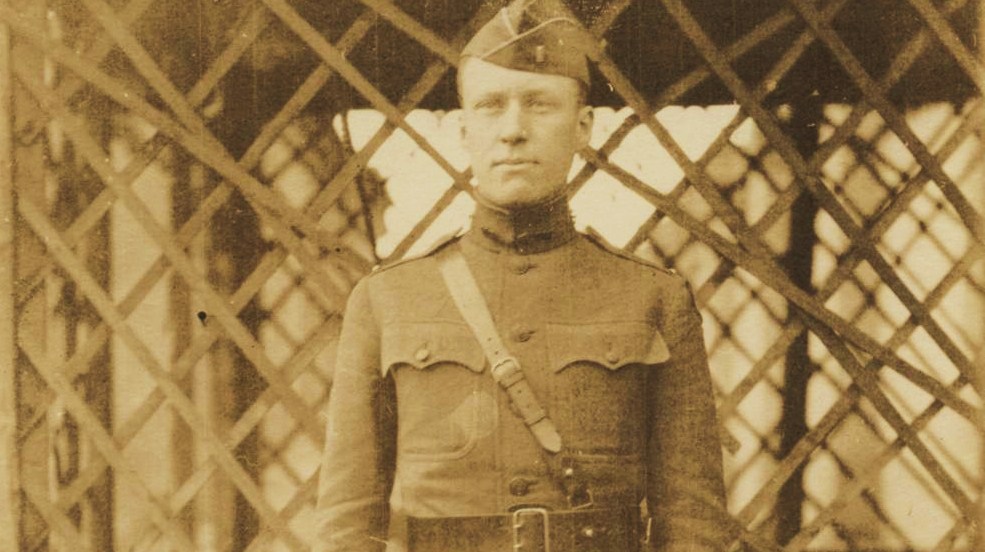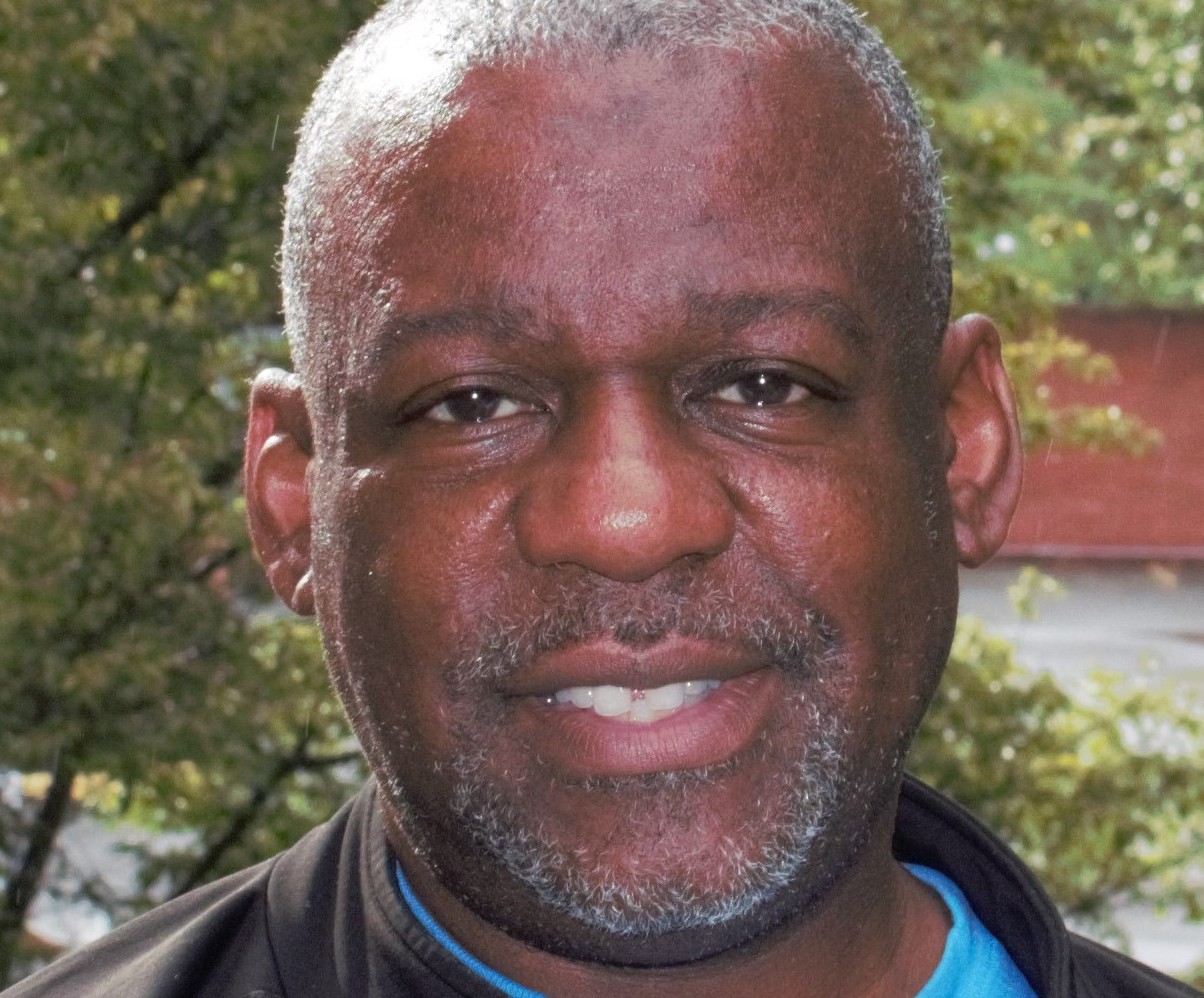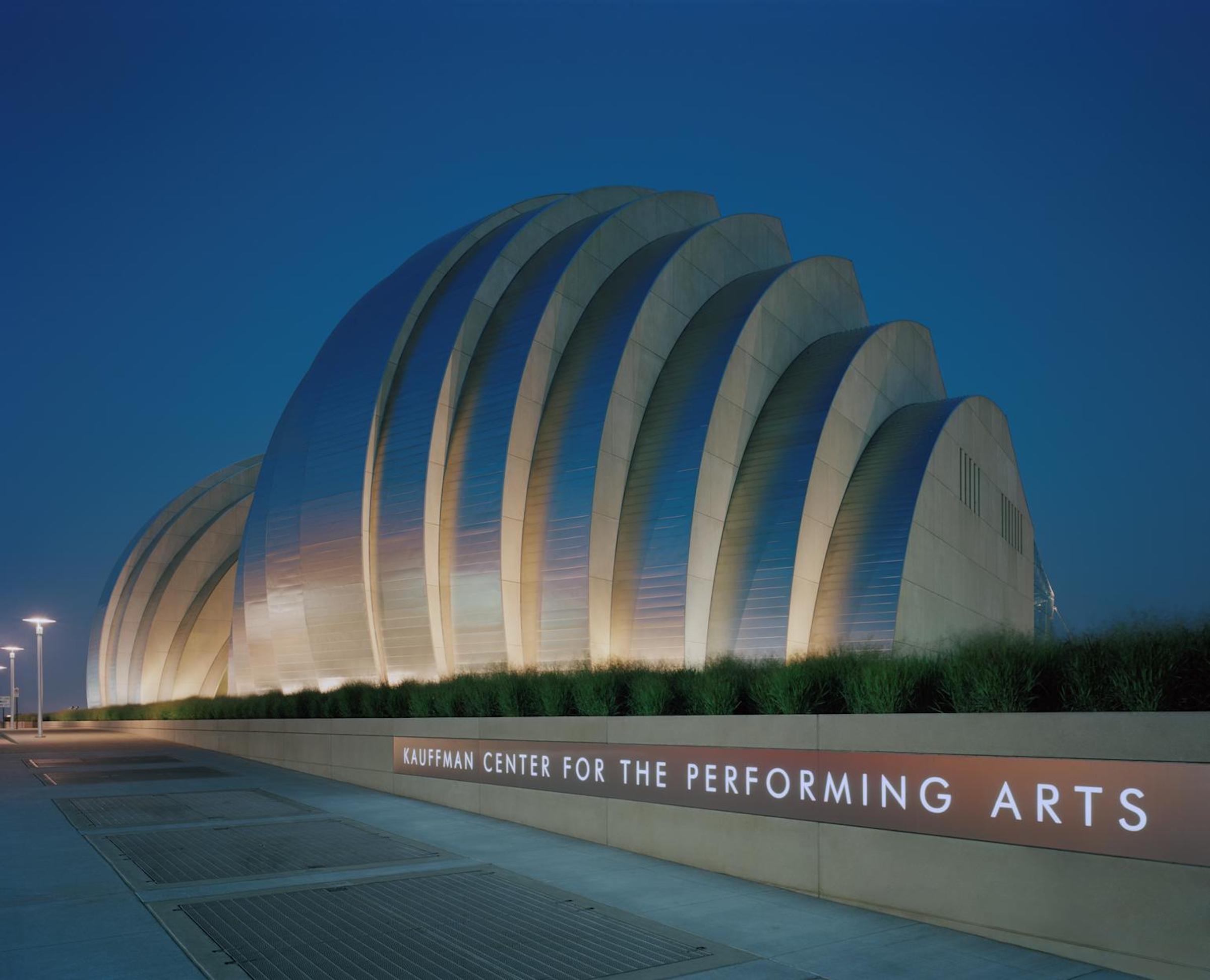RESTRAINT IN THE FACE OF TRAGEDY: KC Symphony introduces significant new Leshnoff work
By Paul Horsley
War poetry often contains all the drama, spectacle and tragedy that a composer needs to create a powerful musical setting, and history is rife with such statements—from Mussorgsky’s Songs and Dances of Death to Britten’s War Requiem and beyond. Letters from the battlefield, on the other hand, written in dire conditions to far-off loved ones, present a different kind of challenge: Their intimacy and raw-boned immediacy are sometimes so heartbreaking that one has to figure out how to keep a musical setting from going completely over the top.
Jonathan Leshnoff has struck an intelligent balance in his Symphony No. 3, the third movement of which sets excerpts of letters by American World War I combatants overseas. Leshnoff pored over letters in the archives of Kansas City’s National World War I Museum and Memorial, a world-class institution (built in 1926 and reopened, in a greatly expanded version, in 2006) that has been the center of international attention during the Great War’s centennial commemorations.
Commissioned by the Kansas City Symphony, the half-hour Symphony received a beautifully detailed premiere on May 20th at Kansas City’s Kauffman Center, with Music Director Michael Stern and the Symphony joined by the magnificently clear-voiced baritone Stephen Powell.

The epistolary settings in the Symphony’s final movement—which included a letter from a young man who would later become an influential figure in Kansas City’s own financial and cultural scene—contained such idiomatic, deftly contoured writing for voice and such poignant, transparent orchestral textures that I found myself wishing for a whole song cycle of such settings. There would certainly be no shortage of material for such a venture, starting right here in KC’s own World War I Museum.
Leshnoff’s Symphony pans over a landscape that includes tenderness, judgment, love, forgiveness and resignation. The strongly tonal beginning (Slow) called to mind the opening bars of the Verdi Requiem, perhaps, but was shot through with a sort of mesmerizing, Arvo Pärt-like mysticism. A central section introduced disharmony and a Sibelius-flavored luminescence; the big clangorous finale included two offstage anvils that sounded so “present” they seemed as if they were emanating from the earth.
The second movement (Gevurah, fast and with burning intensity) was driven by a vigorous, almost Bartókian energy: Long-breathed melodies in the bass were enlivened by continuous, rhythmically dynamic filigree in the winds and upper strings. Blats from the brass evoked perhaps battle cries (or cries for mercy?).

An arching violin ascent led directly into the final movement (also titled Slow). “I nearly drowned trying to inspect the submarine lookouts,” wrote James Kellogg Burnham (“Burnie”) Hockaday in June 1918 to his mother, as he described turbulent seas and pondered whether it was possible “that the same moon was shining down on you … there in Missouri.”
A tender clarinet solo served as transition to the next letter (and perhaps evoked the “common moon” as well), a harrowing account by West Virginia dentist Charles Irons of surviving the harsh Siberian front. “My Darling Wife … should the God of all call upon me … and I never see you again, know that I died with your name upon my lips.” Powell’s diction was so crisp that one could hear just about every word, and Leshnoff’s gleaming, Britten-like textures kept the orchestra at the right level.
This Baltimore-based composer’s frankly sentimental harmonic language, which avoided treacle to an admirable degree, continued to grab you by lapels—right down to the well-gauged climax (“If I could have my greatest wish granted…”), or the tender cello solo representing Irons’ love for his wife and daughter, or the nagging trumpets reminding him that duty still called. The finale represented one of the most jarringly beautiful 15 minutes of vocal-orchestral writing I can remember.
Leshnoff has chosen excerpts from these letters with considerable restraint, keeping the focus on the lonely remoteness of a soldier’s life—the fear, the loss, occasionally the violence. He might have gone further, into extremes that could easily have toppled the whole enterprise. Irons’ letter, for example, contains passages that are so wrenchingly intimate that it’s hard to know how one would set them to music. “Remember this honey dear, that should I never return please forgive me for all the times I made you unhappy. I know that I have never treated you as I should have, and it has been a big sore spot with me since I got off up here and thought over my past life.” Such sentiments are possibly more the fodder of opera than song-cycle, though they give a hint of how rich such writings can be in conveying the perpetual heartache of war.
The concert opened with a firm rendering of Albéric Magnard’s Hymne à la justice from 1902, a warm if shapeless rarity with the episodic nature of a Strauss tone poem and the chromatic harmonies of Wagner (with nods to Mahler). The second half was devoted to a suitably satisfying performance of Tchaikovsky’s sprawling Third Symphony. The strings were in good form here but the winds, despite some strong individual efforts, struggled to find the “bloom” of ideal ensemble of which we know they are capable. Yet Stern’s tempos seemed intuitively spot-on and one could enjoy this piece for the garrulously sunny romp that it is.
Several concerts remain in the Symphony’s 2005-2016 season, including Christopher McLaurin’s Symphony Happy Hour Concert “The Boulez/Cage Correspondence” (June 7), Classics Uncorked: “Morning, Noon & Night in Vienna” (June 8), Symphony in the Flint Hills (June 11) and performances of Beethoven’s Ninth Symphony (June 16-19). 816-471-0400 or kcsymphony.org.
To reach Paul Horsley, performing arts editor, send an email to paul@kcindependent.com or find him on Facebook (paul.horsley.501) or Twitter (@phorsleycritic).
Features

Tyrone Aiken danced prodigiously as a youth, trained at The Ailey School as a young adult, worked as a professional dancer at the height of the New York dance ferment,…

CAROLINE DAHM Dancer, choreographer, producer, master teacher, adjunct dance professor at The UMKC Conservatory, assistant director at Wylliams/Henry Contemporary Dance Company What I love about the Kansas City performing-arts scene: Kansas…

It’s difficult to remember what the Kansas City skyline looked like 20 years ago, before the Kauffman Center for the Performing Arts began to take shape at 16th and Broadway.…











